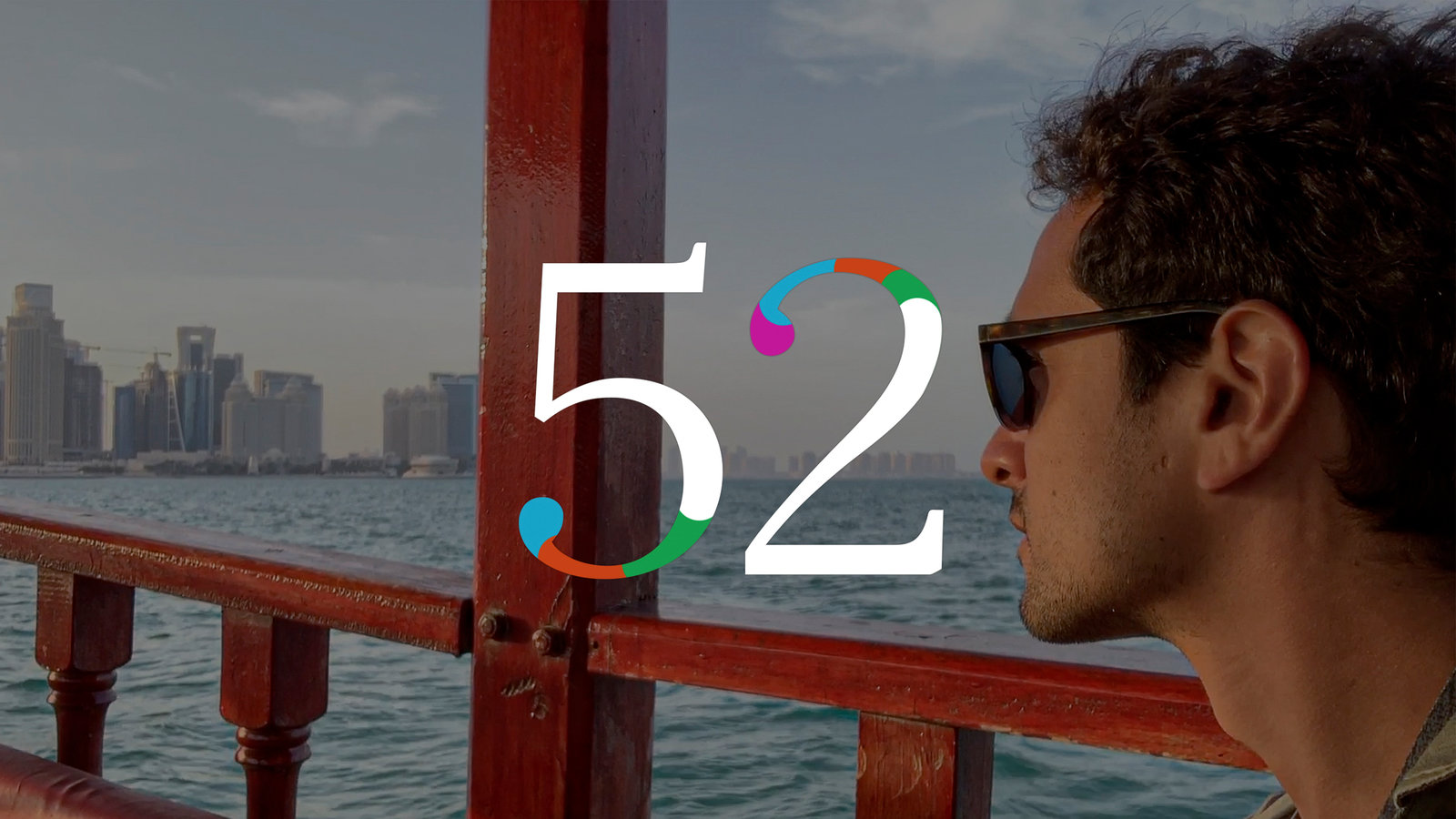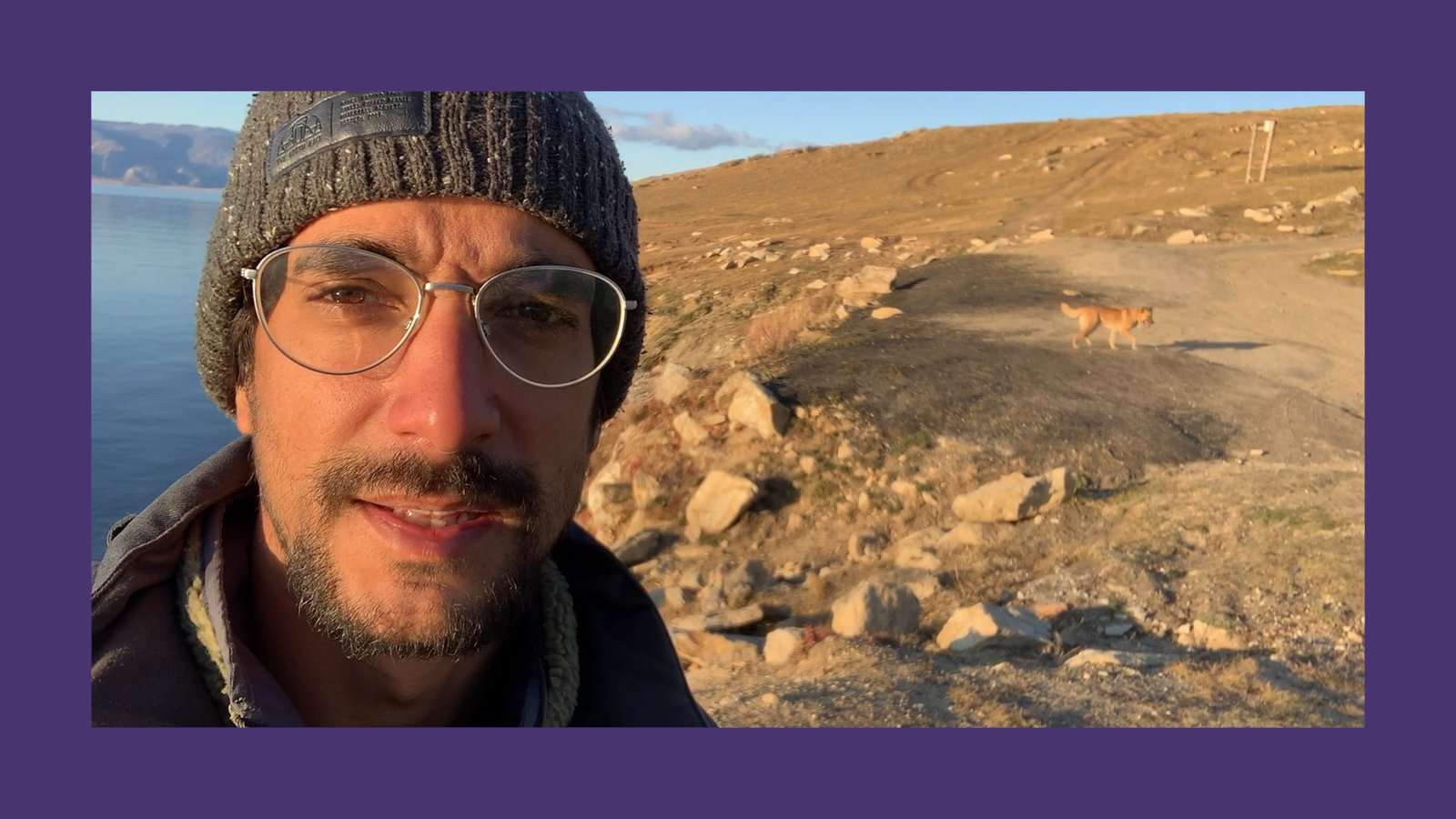The 52 Places Traveler
Looking back on a whirlwind journey around the world, the 52 Places Traveler revisits the experiences that offered lessons for travel — and life.

On my second day back in New York I walked into my neighborhood bodega and the Yemeni man behind the counter did a double take.
“Damn, bro, what happened? I thought you were dead!” he said.
The following night, I went to pick up an order at the Indian restaurant two blocks from my apartment.
“Long time, no see,” said the Bangladeshi manager who, since I’ve been gone, has grown a bushy beard. “Where have you been?”
What happened? Where have I been? After nearly a year in perpetual transit, hopping between the far-flung spots on 2019’s 52 Places to Go list, these are not easy questions to answer. Maybe a more cohesive picture of a once-in-a-lifetime year will crystallize with time. For now, the best I can do is draw out the moments that float on the surface of my memory, the ones I’m most grateful for, as they taught me invaluable lessons not only about the world, but also about myself. And isn’t that why we travel?
flight time
119,772 total miles flown
1. When I said yes to goat-carcass games and urban lions
By the third hour in a field on the outskirts of Samarkand, Uzbekistan, my hair had taken on the hue of the dust that filled the air in roaming clouds. Every time I smiled, which was often, more dust poured into my mouth. Two hundred men on horseback galloped back and forth across the dry grass, in pursuit of their target: a goat carcass stuffed full of sand. Shouts from the riders, the whinnying of horses and the cheers of thousands of spectators filled the air. At one point, being the only foreigner — and so a guest of honor — I was invited to ride on the truck that drove onto the field to drop the goat and start each round of kopkari, a sport that originated with the nomadic herders who inhabited these steppes 1,000 years ago.
Six months later and 5,000 miles away, in a small suburb of Dakar, Senegal, “false lions” — men channeling the spirit of the animal — growled, leapt and twirled in elaborate costumes. Drums thundered at earsplitting volumes and children shrieked in delight as the lions chased them through the fluorescently lit streets.
There’s a natural tendency to plan our travels down to the minute: We want to make sure we’re getting the most out of a trip that uses up our valuable money and vacation time. Toward the beginning of the year, I spent hours planning each stop — going over notes on the plane ride and sketching out what each day might look like. By my final stop, I barely knew where I was going to stay until the day before I arrived. The sweet spot is probably somewhere in between, with enough planning to know where you’re going but enough flexibility to say yes to the unexpected. New friends and the currents of serendipity brought me to the horses and the lions — and gave me two experiences I’ll never forget.
new friends
92 new human friends,
39 new dog and cat friends
2. When I became a member of the guild
Hanging from the zipper of my camera bag is a small, bronze key. It grants me access to the backdoor of the Christian IV’s Guild clubhouse in the Danish city of Aalborg. Over the past year, I’ve accumulated soccer jerseys, paintings and a handwritten poem about an Italian horse, but this key, a symbol of my membership in a Danish society with roots in World War II, has to be the oddest gift. How I got it is just one of many examples of how dropping your guard and letting strangers into your life can lead to experiences far outside the realm of conventional tourism.
It started with Kit Sorensen, a friend twice-removed, who I met on my first afternoon in Aalborg. By the evening, she had taken off work for the remainder of the week to show me around. She took me out for pickled fish and aquavit, the straight-to-your-head spirit that Danes insist on drinking with lunch. Together, we explored World War II bunkers and the city-within-a-city of Fjordbyen. Sensing that I craved a home-cooked meal, she invited me to her family’s house, where I made even more friends — and got invited by a stranger to join the Christian IV’s Guild because he felt that “I had what it takes.”
When traveling alone, it’s up to you how alone you really are. Sit at a bar and take a break from your phone and in minutes you’ll be getting a laundry list of things to do from a local — as I did in Munich, in Danang, in Tunis. You might be invited to their homes — as I was in Georgia, Puerto Rico, Bulgaria. In a quiet bar in the small Japanese city of Takamatsu you might find yourself the only customer, going on a deep dive into salsa and New Orleans jazz with a cat-loving bartender who you would have never known if you hadn’t smiled and said “hello.”
There are walls that as a man traveling alone I didn’t have to put up. Being ethnically ambiguous was also, it turns out, my superpower, blending into the streets of so many places around the world, walking home at night and not even getting a second glance from locals. One’s experience of the world so often depends on one’s identity, and I can only speak to mine. At the same time, I believe that, in general, travelers will encounter kindness far more often than hostility. An open mind, a willingness to learn and an acknowledgment of our own ignorance about a new place or culture flings the doors that separate us wide open. Just ask all my new pen pals.
Road Trip
6,819 total miles driven
3. When I became my own best friend on a Norwegian fjord
Before a six-hour solo hike in the fjords surrounding Bergen, Norway, I intentionally left my headphones at home. It was sunny — a rarity for one of Europe’s rainiest cities — and I wanted to be present. It worked. I felt the light, cold breeze; I could smell the dewy grass and feel the foamlike tundra giving way under my boots. Six hours is a lot of time to be walking with nothing but your thoughts, but not once did I feel bored.
When I started this trip, the thought of spending so much time alone was one of my biggest worries. I’m an extrovert by nature. By my third month on the move, I was getting used to it. By my ninth, I was having full-on conversations with myself — out loud.
There’s something beautiful about learning to be comfortable with yourself — especially on the road. I could zero in on moments more completely without worrying whether a companion was having a good time. I could create memories that would be mine and mine alone — building blocks for my development as a person.
I was lonely, too, of course. I cried on the side of a Wyoming highway because John Prine’s “Summer’s End” came on the radio (“Come on home, you don’t have to be alone”); during a nearly four-hour meal at a Michelin-starred restaurant on the Dutch island of Texel, I fell into the abyss of staring at my phone; more than once I dreamed about being on my couch at home, with my partner and cat. But over time, I learned to see those moments coming and lean into them. That threw the distinction between heart-wrenching loneliness and blissful solitude into relief; it made the moments of connection with strangers that much more magical. Solo travel is so many things, psychological roller coaster included.

4. When I crossed the risk line on a dark Chilean highway
It was stupid, plain and simple. After getting off a series of canceled, rerouted and delayed flights that took me from Puerto Vallarta, Mexico, to Santiago, Chile, over the course of about 40 hours, I stumbled into a rental car just after sunset and hit the road for the town of La Serena. I was heading 300 miles north to get closer to where I’d be viewing the solar eclipse in a few days. It was about 40 degrees Fahrenheit, but I drove with the windows down and wore a T-shirt, hoping the cold would keep me awake. I blared death metal as loud as the car speakers could handle. I drank coffee like water. One tollbooth worker, seeing my disheveled and wired state, asked me if I was okay. I pulled into La Serena well after midnight.
This year was full of risks; they come with the job when traveling at the pace I was, alone and looking for stories to tell. Within just a few days of traveling this year, it was clear that some risks are worth taking. Getting into a car with that nice stranger promising a plate of life-changing pork in Puerto Rico’s interior? I can handle that. Solo hiking through the snowy Tatra Mountains of Slovakia? Armed with a trail map, I’m good. Driving for five and a half hours in an unfamiliar country, at night, after a hellish flight and no sleep? Nope: That was stupid.
In talking to friends, it quickly became clear that my threshold for risk is different from others’ (“Are you nuts?” my partner asked, after I told her about my night in the woods outside Batumi, Georgia, drinking myself blind with a bunch of strangers). But travel is ultimately a game of choose-your-own-adventure and part of that choice is figuring out the risks you’re comfortable taking. It’s a learning process and there will be mistakes — there sure were for me this year.
By Land and Sea
48 boat rides, 45 train trips
5. When my plans went to hell and I survived
There was the late night in a hotel in Salvador, Brazil, booking a trip to Mexico that would start the following morning, after my plans to get to the Falkland Islands, also known as the Islas Malvinas, had imploded. A total meltdown at the airport had led to check-in lines that extended past the terminal’s entrance. Despite arriving four hours before my flight and checking in online, I missed my flight — and as a result the once-weekly flight to the Falklands.
There was that scorching hot morning at the port in Banjul, Gambia, where my brother and I had no choice but to wait the four hours until a ferry finally arrived. I sweated out every drop of moisture in my body; I downed two liters of water and sweated that out, too, until the also-shadeless ferry arrived.
There was the carefully arranged Airbnb in La Serena that my host canceled with no explanation, just days before my arrival to watch the solar eclipse. I spent most of a night in Mexico, on spotty Wi-Fi looking for alternatives in a city that would be tripling in population for the eclipse.
There was the moment, three months in, when we had to make the call to cut Iran from my travel plans. The geopolitical situation had grown tense and even if I were given a journalist visa (unlikely), we had security concerns. It made the regular messages I received from Iranians on Instagram welcoming me to their country and offering to be my hosts all the more heartbreaking.
Things go wrong when traveling. And there’s something about the places of travel — airports, ferry terminals, train stations, hotels — that magnify feelings of panic and sadness. It’s a powerlessness we’re not used to when we think we have every detail of a trip planned out.
I learned that there’s very little you can do when your plans fall apart. I learned to pinpoint the small actions I could take and leave everything else to play out without me. I started on a long, circuitous route to Mexico the next day and pushed my Falklands trip to later in the month. The ferry did arrive — and 24 hours later, my brother and I were on a boat floating feet away from wild chimpanzees. I found another Airbnb at the last minute, and so what if it was a little farther out of the city? I kept in touch with my new online Iranian friends, promising that one day I would make it there — and I will.
Traveling is an incredible privilege and it’s mind-boggling how easy it is these days to cross the planet. Reminding myself of that got me through many a moment this year that previously would have left me a weepy mess on an airport floor.
under the sea
11 total hours underwater
6. When “no one goes there now” became my time to go
Travel itself, regardless of destination, is taking its toll on the environment: The most frequent, and valid, criticism I’ve received this year is for my Sasquatch-size carbon footprint. While no one at the Times is encouraging everyone to go to 52 places in a year — I’d think again if you are planning on trying this yourself — I also don’t believe the answer is not to travel. To see the natural wonder that still abounds; to encounter the places that are on the verge of catastrophic change because of a warming planet; to meet the people who deal with its effects every day and forge real, profound, cross-cultural connections makes for a more informed, empathetic world. That doesn’t mean there aren’t steps we can take to be more responsible travelers. And part of that is realizing that sustainability goes beyond carbon emissions.
The Falklands in the dead of winter, when I had a colony of King penguins to myself; Mexico in the crushing heat of summer, when the beaches were empty; Senegal and Gambia during the most humid month of the year, when locals were actually excited to see visitors who had braved it; Siberia’s Lake Baikal, in neither the glorious summer nor the spectacularly frozen winter, but instead in autumn, when the trees burn bright yellow.
In planning my trip and limiting cross-continental treks as much as possible, it proved difficult to be everywhere at the “right” time to visit. But again and again, I found myself falling for low season, when it was far easier to blend into the fabric of daily life because I wasn’t just part of a horde of tourists changing the face of entire cities for months at a time.
Cities like Venice — or even Zadar, in Croatia, as I saw when I arrived in the summer — are buckling under the weight of overtourism. As travelers, we could make a difference by spreading the wealth, so to speak. That means, for the most adventurous, going to places that are still hard to get to; it took me two tries to get to the Falklands and three to get out, but that made it special. But it also means thinking outside the “Europe in summer” paradigm.
taking to the skies
40 airlines, 88 flights
(only 1 missed flight)
7. When I really learned what a “place to go” is
There’s beauty, surprise and genuine wonder to be found everywhere — and I mean everywhere. A Vegas naysayer can have his mind changed through a chance encounter with a crew of rockabilly musicians. A half-Indian student of history can learn about a mighty Indian empire, of which he knew nothing, by coming face-to-face with its ruins. A traveler can come home after 11 grueling months of continuous travel and start dreaming of where he’s going next.
But first, some sleep.







